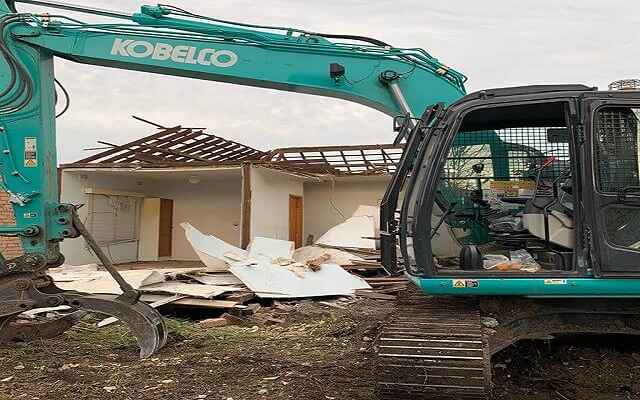Cut and fill calculations are an essential part of any construction project. They involve determining the volume of material that needs to be excavated (cut) or added (fill) to a site in order to achieve a desired final grade. These calculations are crucial for planning, budgeting, and ensuring the successful completion of a project.
In this comprehensive guide, we will cover everything you need to know about mastering cut and fill calculations. We will discuss the basics of cut and fill, the different methods for calculating it, and provide helpful tips and tricks for accurately completing these calculations.
Understanding Cut and Fill
Before diving into the details of cut and fill calculations, it’s important to have a solid understanding of what they are and why they are necessary. In simple terms, cut and fill refers to the process of excavating or adding material to a site in order to achieve a desired final grade.
This process is commonly used in construction projects that involve changing the topography of a piece of land, such as building roads, foundations, or landscaping. By calculating the volume of material needed for cut and fill, construction teams can properly plan and budget for the project.
Methods for Calculating Cut and Fill
There are several methods that can be used to calculate cut and fill, each with its own advantages and limitations. Let’s take a closer look at some of the most commonly used methods:
Cross-Section Method
The cross-section method is one of the most straightforward ways to calculate cut and fill. It involves taking cross-sections at regular intervals along a site and measuring the difference in elevation between them. The volume can then be calculated by multiplying the area of each section by its corresponding height.
This method is relatively simple but can become time-consuming for larger sites with numerous cross-sections.
Grid Method
The grid method is another popular technique for cut and fill calculations. It involves dividing a site into a grid of squares, with each square representing a specific area of the site. The height at each intersection of the grid lines is then measured, and the volume can be calculated by multiplying the area of each square by its corresponding height.
This method is more efficient than the cross-section method for larger sites, but it may not provide as accurate results.
Digital Terrain Modeling
Digital terrain modeling (DTM) is a more advanced method of calculating cut and fill. It involves using software to create a 3D model of the site, taking into account all topographical features and any proposed changes to the site. The software can then calculate the volume of material needed for cut and fill.
This method is highly accurate and efficient, but it requires specialized software and expertise to use effectively.
Tips and Tricks for Accurate Calculations
Regardless of which method you choose to calculate cut and fill, there are some helpful tips and tricks that can ensure accuracy in your calculations. Here are a few things to keep in mind:
- Use precise measuring tools: Accurate measurements are crucial for accurate calculations, so be sure to use high-quality measuring tools and techniques.
- Consider the density of materials: Different materials have different densities, which can affect the volume needed for cut and fill. Be sure to take this into account when calculating.
- Double-check your data: It’s always a good idea to double-check your data and calculations to catch any potential errors.
- Utilize technology: As mentioned, DTM software can be a valuable tool for accurate cut and fill calculations. Don’t be afraid to use technology to your advantage.
Conclusion
Cut and fill calculations may seem daunting, but with the right knowledge and techniques, you can master them with ease. By understanding the basics of cut and fill, utilizing the right methods, and keeping these tips in mind, you can ensure accurate and efficient calculations for your construction projects. So next time you’re faced with a cut and fill task, don’t stress – just refer back to Armstrong Demolition team for all the information you need. Armstrong Demolition are the experts in residential demolition, excavation services Melbourne and asbestos removal Melbourne. Our team is always committed to providing you with the best service possible for your excavation project



